Roti is one of the most common foods in Indian homes. It is not just another type of bread but a lifeline and tradition. Regular wheat roti gives ample carbohydrates but lacks many other vital food nutrients. On the contrary, in a health-conscious world, there is an increasing interest in making healthy everyday foods. It is essential that small changes be adopted for Nutritious Roti Recipes. Adding some multigrain flour, seeds, vegetables, or healthy fats – and make this modest roti into a better health nutrition source. Tiny little things could add fibre, protein, vitamins, and healthy fats, making it much more filling and healthy. Below are the six simplest ways to make tastier, healthier rotis for your family’s needs in detail. Let us make simple roti deliciously healthy!
6 Smart Ways to Make Your Roti More Nutritious and Healthy
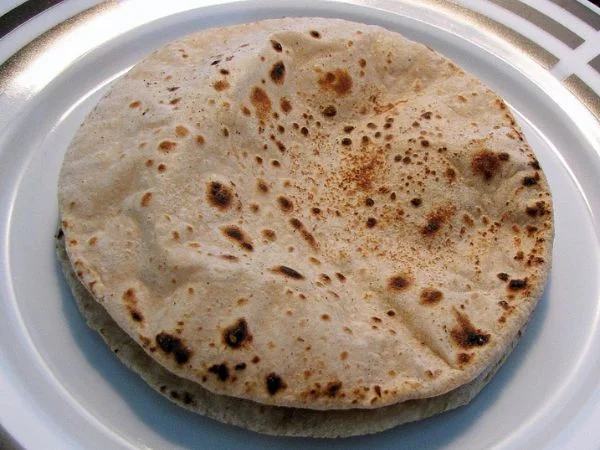
The term “roti” describes a flatbread that forms part and parcel of the everyday meals in homes across India. However, the typical roti made with plain wheat flour does not deliver nourishing body tissues and organs. Prepare and use simple, nutrition-rich, healthy changes to roti. Let us under
Mix Multigrain Flour for Supplementing Nutrients:
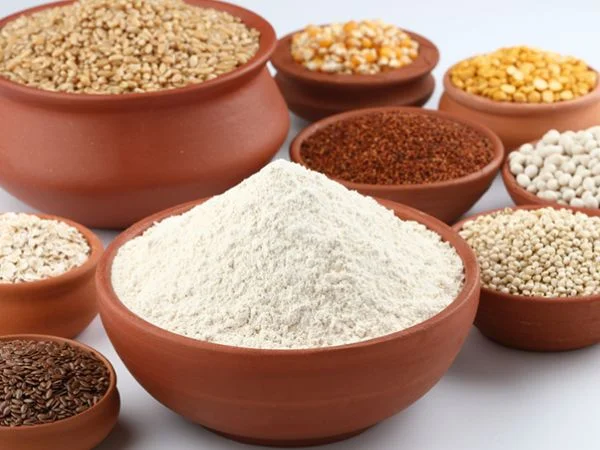
Another common thing about making roti is that it is made just like wheat flour, other grains, such as millet barley and oats, can also be added to improve nutrition. Multigrain flour increases the fibre and provides many vitamins and minerals, such as iron, magnesium, and B vitamins. It has been found that by using wheat and millet flour together, an increase in protein by 20 percent and fibre content by 30 percent could be achieved. High-fiber grains help manage blood glucose, these are, therefore, best suitable for diabetic patients in the form of multigrain roti. Try adding different kinds of flour to your roti dough for better digestion and gut health.
Include Seeds for Better Nutrition
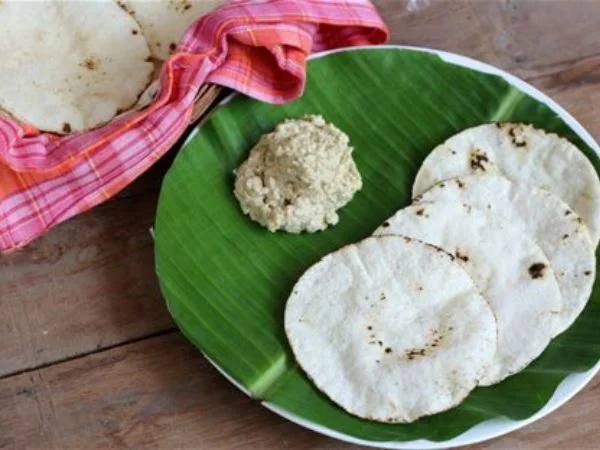
You can also make your chapati more nutritious using seeds like chia or flaxseed, sesame, and pumpkin seeds. Flaxseeds contain quite a bit of omega-3 fatty acids and lignans, which are known for their benefits on heart health and reducing inflammation. According to studies, the intake of flaxseed every day can lower harmful cholesterol levels by 15 percent. Greatly rich in calcium and protein that makes your bones stronger, chia seeds are also on this list. Mix some 1 to 2 teaspoons of seeds into your Roti dough, and you will get healthy and fill the Rotis.
Add Green to Stimulate Fiber and Vitamins
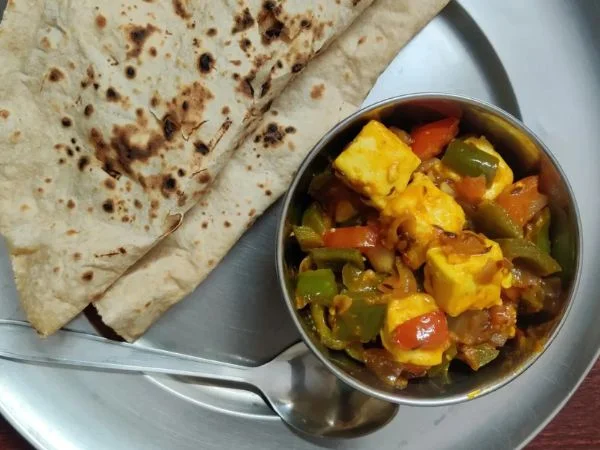
Roti will become healthy and colourful when grated or blended vegetable ingredients are added to its dough. Spinach, carrot, beetroot, and fenugreek leaves (methi) added to the roti are likely filling the roti with vitamins A, C, and K and antioxidants. They supply iron, and folate, energizing and combating anemia. Research says that consuming leafy greens would cut the risk of chronic diseases by 25%. To make the dough softer and child-friendly, adding finely chopped or pureed vegetables would be good.
Replace Regular Oils with Ghee or Coconut Oil

When preparing the roti, replace your standard refined oils with healthy fat ghee or coconut oil. Ghee is used in Indian kitchens and is rich in high omega-3 fatty acids, as well as vitamins A, D, E, and K. For example, moderate levels of ghee consumption help maintain a healthy status of gut microbiota through the production of butyrate that helps digestion. Coconut oil has MCTs or medium-chain triglycerides that are known to increase metabolism. If all these healthy fats find their way into Nutritious Roti Recipes, they might accentuate that benefit.
Reconstitute with ‘High Protein’ Supplementation
For example, high-protein materials will help increase the nutritional value of roti. For instance, chickpea (besan) or soybean flour adds protein to the roti. Proteins supplement muscle injury repair, hormone productivity, and overall health. For example, chickpea flour has combined high proportions of proteins, fibrotic and iron-rich parts. And a low glycemic index, making it fit for health among people with diabetes. “The inclusion of these pulses, such as chickpeas. It has shown in one study that it increases satiety up to 30 percent, therefore helping weight loss.” 20-30 percent of the wheat flour can be replaced with chickpea or soybean flour for nutritional enrichment of a roti.
Health Benefits of Nutritious Roti Recipes

With the following six simple steps, you can boost the health quotient of that roti. Here are some benefits it has:
- Enhancing Digestion: Adding multigrain flour, seeds, and fermented dough provides more fibre and probiotics for gut health.
- Increased Protein: The eatery uses chickpea or soybean flour, which provides fantastic protein levels that are beneficial for muscle building and regeneration.
- Heart Healthy: Healthy fats in ghee and flaxseeds can reduce bad cholesterol and improve heart health.
- Reduced Chances of Acquiring Chronic Diseases: Vegetables and whole grains probably reduce the chances of acquiring diabetes, high blood pressure, and even obesity.
Nutritional Comparisons
Below is a quick comparison of the nutritional value of traditional roti versus enhanced nutritious roti recipes:
| Ingredient | Traditional Roti (per serving) | Nutritious Roti (per serving) |
| Calories | 70 | 90-120 |
| Protein | 2g | 4-6g |
| Fiber | 1g | 3-4g |
| Omega-3 | 0g | 0.5-1g |
| Vitamins | Low | High |
Retain some handy little tricks in mind to prepare a nutritious roti:
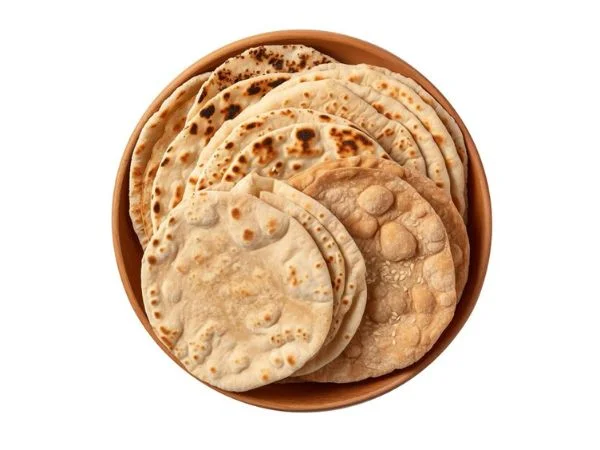
- Flavour Balance: Julienne, other seeds or flowers like chickpea flour (besan) with spices such as jeera (cumin) or ajwain (carom seeds) are used to cut the taste of that flour.
- Water Consumption: Let certain things like chickpea flour or flax seeds drink their water; change the water consumption so the dough does not get too hard.
- Roll Out Evenly: Adding vegetables to your dough makes it sticky. Therefore, keep dousing the dough with dry flour and roll it slowly into shape to maintain consistency.
Sum up,
Roti could be considered a simple food item; however, a little innovation can make it part of a fun, healthy dish. Note these Nutritious Roti Recipes carefully so that you can listen to the world outside your family. Mixing different multigrain flour, seeds, vegetables, good fats, and protein-rich flours. Allows you to experiment with these combinations and relish the daily enjoyment of taste and nutrition.


